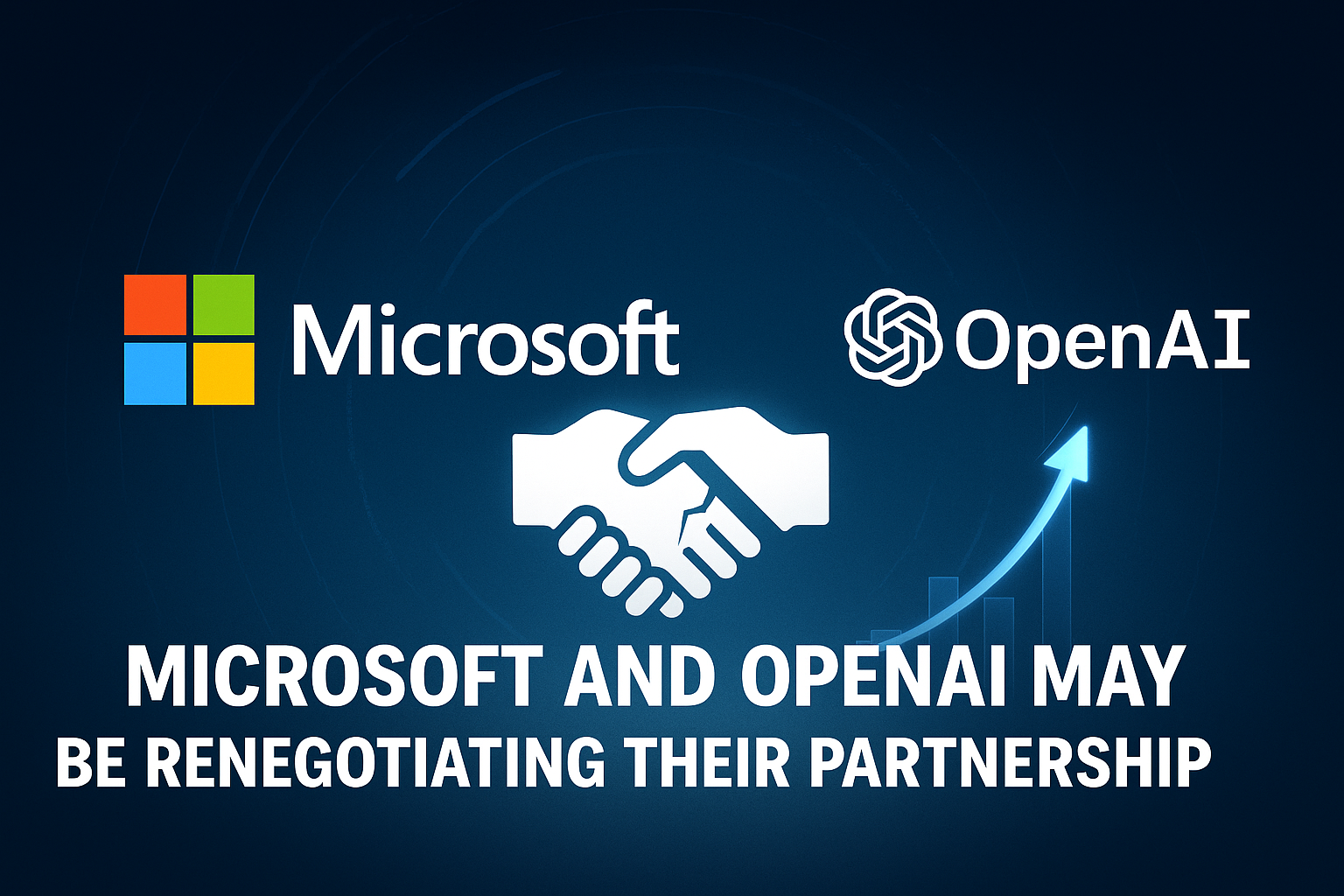
A new multiyear survey from Northeastern University shows that adults across the U.S. and Canada prefer workforce retraining over other policy responses as artificial intelligence (AI) changes job requirements.
The findings come as companies report uncertainty about how AI will affect staffing and as executives signal that they may need to redesign roles, expand training pipelines and reassess hiring plans. The survey’s timing reflects a moment when employers are deploying AI more broadly but have not yet established clear strategies for helping workers adjust.
A PYMNTS Intelligence study found that 50% of CFOs expect new AI-driven roles to appear, 47% expect job reductions and only 12% say their organizations feel very prepared for these shifts. The study also shows that most firms are still building basic frameworks for AI hiring and internal mobility, and many have not mapped which jobs will change first or which skills employees will need.
CFOs reported that they are investing in AI tools faster than they are adjusting workforce strategies, leaving most companies without a clear plan for retraining, redeployment or job redesign.
Northeastern researchers surveyed 6,000 people and presented scenarios involving AI disruption and offshoring. Respondents selected retraining as the most effective response, ahead of regulating AI or expanding social programs.
Lead author Beatrice Magistro said the study aimed to identify how people interpret AI’s impact and what actions they believe will work. Researchers grouped respondents into “complementers,” who expect AI to support human work, and “substituters,” who expect AI to replace it. Both groups pointed to retraining as the clearest path forward.
Rising Concern, Demand for Preparation
Other surveys show similar attitudes. A study from the Pew Research Center reports that many U.S. workers worry about AI’s long-term effects and expect fewer opportunities. At the same time, AI use continues to rise. Pew found that 21% of workers now use AI tools, up from 16% the year before.
Training gaps remain wide, and multiple research streams point to the same structural problem. BCG’s AI at Work survey shows that managers use AI at high rates while more than 50% of frontline workers receive little or no training.
The survey also finds that workers who receive at least five hours of structured instruction, including in-person coaching, adopt AI tools far more effectively than those with minimal support. This split between adoption and preparation mirrors what labor-market researchers are seeing when they evaluate real retraining outcomes.
Harvard Kennedy School-affiliated research examined displaced workers and found that retraining raises earnings on average but produces smaller gains when workers move into occupations with high AI exposure. The study concludes that retraining works best when it targets roles with long-term stability rather than those vulnerable to additional automation.
Research Highlights Training Quality
Economic data from the New York Federal Reserve as reported by PYMNTS shows that 40% of service-sector firms and 26% of manufacturers now use AI. The Fed reports that “very few firms” have laid off workers because of AI so far and that most firms have retrained existing employees. The same report notes that many companies expect job cuts and slower hiring as AI systems expand.
Universities examining training pipelines reach similar conclusions. A report from the University of Notre Dame states that traditional degree-based models move too slowly for current technology cycles and recommends shorter, targeted programs that workers can complete quickly.
In her recent commentary, PYMNTS CEO Karen Webster wrote that many roles in the U.S. labor economy will evolve rather than disappear. She said, “technology may augment these roles, but it cannot eliminate them” and argued that workers “will need to learn new skills” as technology becomes more widely used in daily operations.
Source: https://www.pymnts.com/




